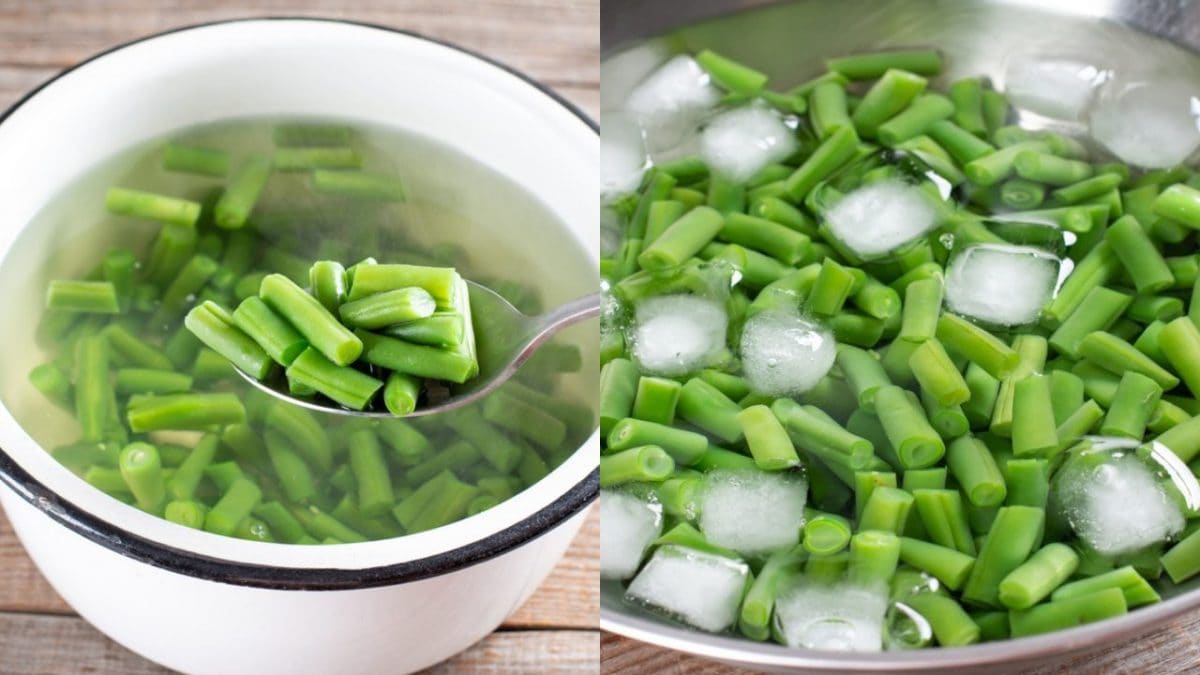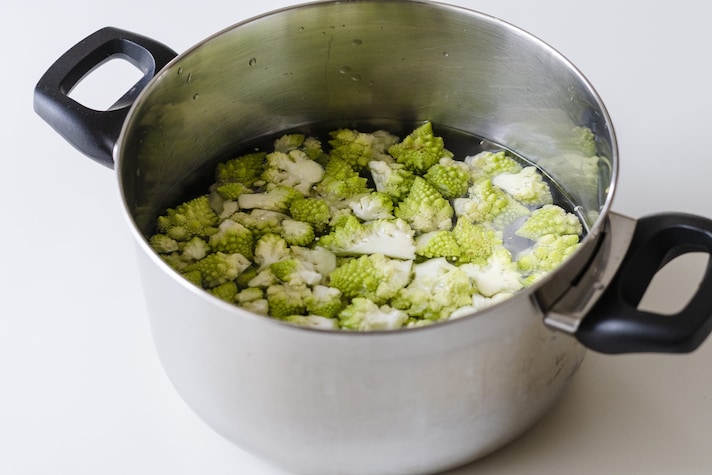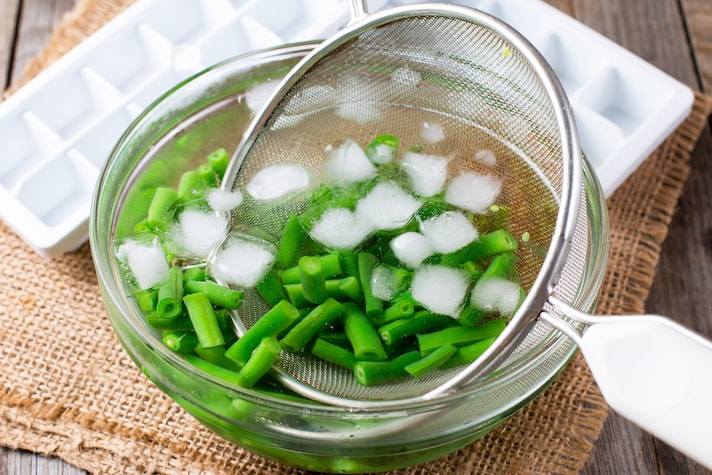
Vegetables are precious foods in the kitchen, both from a health point of view – practically all of them are more or less rich in beneficial properties for the body – and from a culinary point of view: you can use them as a side dish but you can also use them as ingredients to add to the most varied recipes. To get the most out of your vegetables, both in terms of benefits and taste, it is a good idea to use the blanching technique before cooking or freezing them: blanching or parboiling vegetables is a fairly simple operation that takes advantage of the benefits of the change in temperature to keep vegetables at their maximum properties, something that complete cooking may sometimes not allow you to do. But what exactly is meant by "blanching vegetables", how is it done and why is it so useful? Here is everything you need to know about this technique, including the most common mistakes to avoid in order to use it in the right way.
What Does Blanching Vegetables Mean?
Blanching vegetables is a particular cooking technique for treating a whole series of vegetables (not only that, it can also be used for other foods, even if it is less common, for example for potatoes or to easily peel tomatoes) that serves to preserve the vegetables at their maximum capacity, from a nutritional point of view and from the point of view of taste. It is a simple operation but it requires very precise steps to be carried out correctly and involves passing the vegetables for a few minutes in boiling water and then a second very rapid cooling step in water and ice, an operation that interrupts the cooking and prevents the vegetables from going soft. It is precisely this thermal shock to which you subject the food that makes this technique useful, which is essentially a sort of pre-cooking to be used preventively: once blanched the vegetables can be used in other recipes and cooking methods, or they can be frozen for long-term storage.

Benefits of Blanching Vegetables
But what are the advantages of blanching vegetables before using them or freezing them? The positive aspects of this technique are many, some related to food safety, others to flavor, others still to convenience. Here's why it's useful to blanch vegetables:
- Eliminate bitterness. Some vegetables are naturally bitter and not everyone appreciates this particular taste, but blanching can reduce the strength of the enzymes that cause this bitterness.
- Kills harmful microbes. Boiling in water, even if it lasts a few minutes, can remove any microbes and bacteria present on vegetables that, sometimes, cannot be eliminated with just washing or preventive treatment. This is why it is important to always blanch vegetables before freezing: this way you will keep them in perfect health and they will be safe for consumption even after being defrosted.
- Preserves nutritional properties. Blanching vegetables allows you to preserve the nutritional properties of vegetables intact, which would lose strength during prolonged cooking, especially with regards to vitamins and mineral salts.
- It makes vegetables look more aesthetically pleasing. Many vegetables, after cooking, lose their bright color and consistency, tending to wilt and discolor. When they are blanched, however, the exact opposite happens: the dip in ice water stops the cooking process and allows the vegetables to remain crunchy and, above all, a nice bright color.

How to Blanch Vegetables: The Correct Procedure and The Most Common Mistakes
Blanching vegetables is not a difficult process but it does require following certain steps correctly, so as to get the most out of the cooking technique. The first thing to do is fill a large pot with water, without adding salt, and bring it to the boil: only when it has reached a full boil can you add the vegetables, whole or cut into pieces; in most cases, you do not need to cover the pot, it is only necessary in the case of white vegetables such as turnips, cauliflowers or cardoons because the lid reduces contact with oxygen and prevents browning.
As for the time you keep vegetables in boiling water, it depends on the type of food you are cooking and the consistency you want: in general, if you prefer crunchy vegetables you will have to blanch them less, if you prefer a softer consistency you will have to leave them in longer. In any case, remember that cooking must be very short otherwise you will end up boiling the food, so the advice is to never go beyond 5 minutes.

Once the necessary time has passed, remove the vegetables from the pot using a slotted spoon and immediately plunge them into a bowl of cold water and ice for a few seconds, a minute maximum if they are more consistent vegetables. This step is essential to stop the cooking and keep the color, consistency and properties of the vegetable intact, but despite this it is one of the mistakes that are made most frequently. Other common mistakes when blanching vegetables are:
- using a pot that is too small and with too little water, which would cause the vegetables to not cook evenly;
- cutting vegetables too small, because they cook faster and lose consistency more quickly;
- leaving vegetables to cook too much in boiling water, resulting in them becoming boiled vegetables;
- do not interrupt cooking by placing them in water and ice, which as we have explained is the fundamental step in blanching vegetables, the one that allows you to preserve the food at its maximum properties.
;Resize,width=767;)
